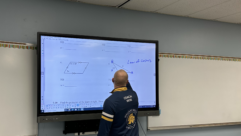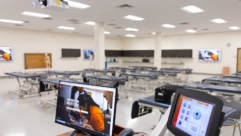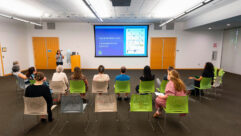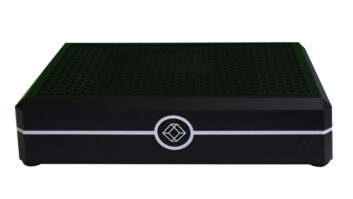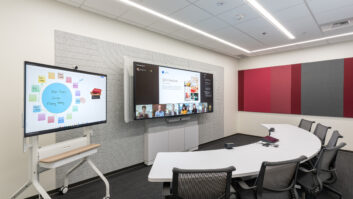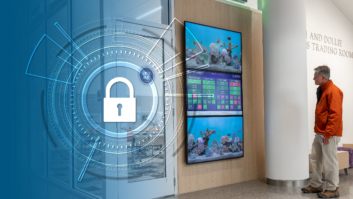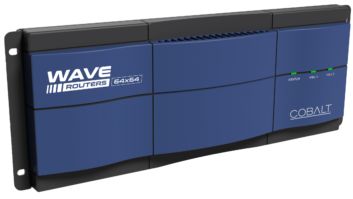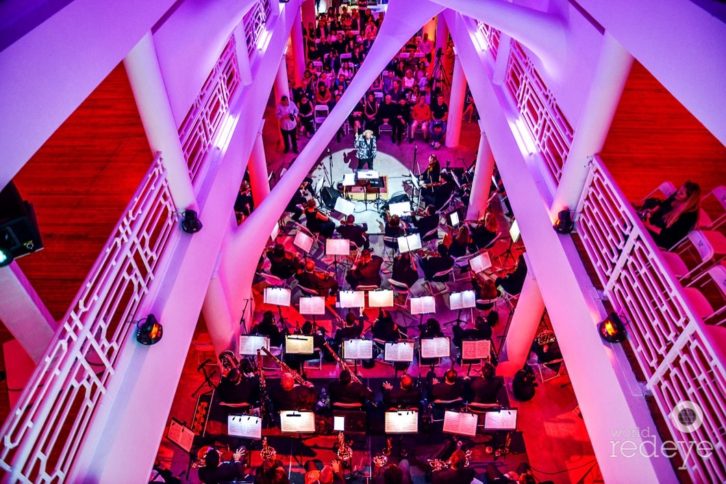
Miami is known for doing everything with a certain high style, and its symphony is no exception. Conductor Eduardo Marturet wields a Swarovski crystal baton, leading the orchestra through a repertoire that ranges from Brahms and Beethoven to jazz, Latin, and film scores. For their concerts in unique venues such as the Moore Elastika Building — originally a 1920s furniture store and now an art gallery and event space in the heart of the Design District — the symphony turns to events contractor Pete Diaz Productions.
The room comprises a main floor ringed by three levels of mezzanines. This soaring atrium created an acoustical challenge for Peter Diaz Jr. and his team, who needed to ensure that audience members heard the same sound no matter where they were seated. Asked about the particulars of producing concerts in this relatively narrow but vertically extended space, Diaz notes, “The challenge in this venue is the floor plan. The orchestra is set up on the main floor, with some of the audience seated there as well. You also have some of the audience seated on the balconies, which surround the main floor on all four sides. So we had to consider independent listening zones for the different areas.”
Richard Gomez, one of Pete Diaz’s engineers who operated the event, determined that the irregular spaces would be best served by a large number of small point-sources as opposed to a lesser number of large speakers, and immediately gravitated to the QSC CP8. “The dimensions of the QSC CP8 were key,” says Peter Jr. “The ceilings in the mezzanine areas are not high, maybe eight feet. The CP8s were so unobtrusive and could be mounted in a variety of ways. And the fact that they have 90 degrees of nice, even coverage let us make sure everyone was having the same listening experience. We wound up buying sixteen of them to spread throughout the venue, plus four of the KW181 subs to distribute the extra lows of instruments like double bass and timpani. This allowed us to basically establish a separate sonic zone per floor. The K12.2 loudspeakers, which are fuller range and larger, are used as long-throw fills and monitors for the orchestra on the ground floor.”
“I know the CP8 is rated for 1,000 watts peak,” he says, “but I wasn’t expecting this much punch from such a small box,” Diaz notes. “The fidelity is excellent. This isn’t dance or rock music in a nightclub. It’s detailed, intricate material, and the audience is there to listen actively and intently.
Musicians in the orchestra have commented that they can hear players in other sections better.


